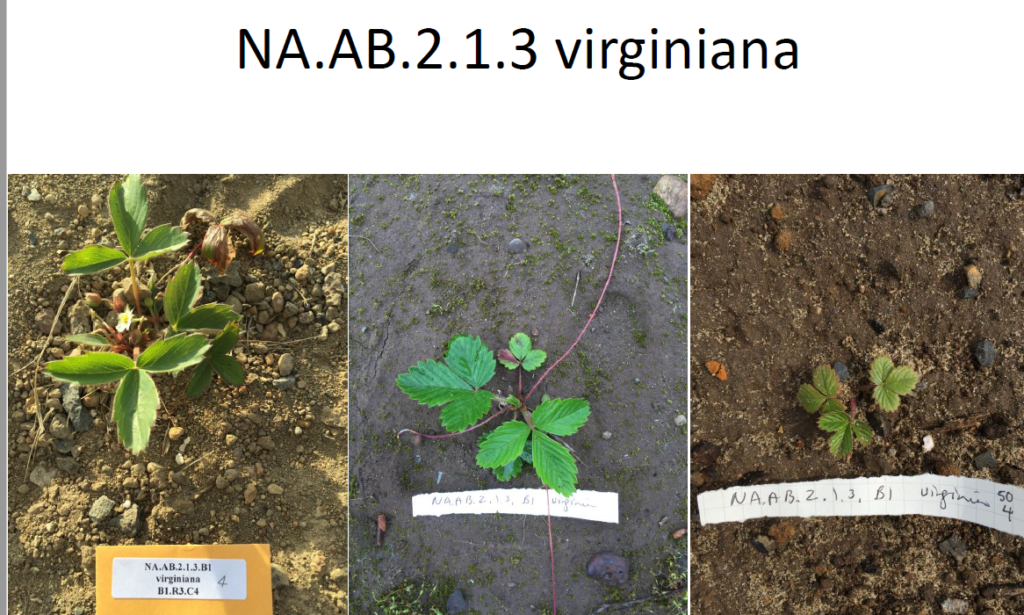
Whole genome duplication (polyploidy) is widespread in flowering plants and new genomic approaches have led to a resurgence in the study of the phenomenon. The cultivated strawberry is an octoploid, and its evolutionary origin remains unresolved. Our 2020 Nature Genetics paper provides phylogenomic support for the ancestry first proposed in Tennessen et al. 2014.
Additional polyploidy research in strawberry is associated with the Dimensions of Biodiversity project: “An integrated understanding of how polyploidy generates biodiversity” funded by the US National Science Foundation (DEB 1241006 to Tia-Lynn Ashman; DEB 1241217 to Rich Cronn and Aaron Liston) and the Natural Science Foundation of China (Ming Dong and Junmin Li).
As part of that project, we established three common gardens in Newport, Corvallis, and Bend Oregon to evaluate diploid vs. polyploid strawberry species in three contrasting environments. In work led by former Ashman lab post-doc Na Wei, we demonstrated that functional trait divergence and trait plasticity confer polyploid advantage in heterogeneous environments (Wei et al. 2019).

